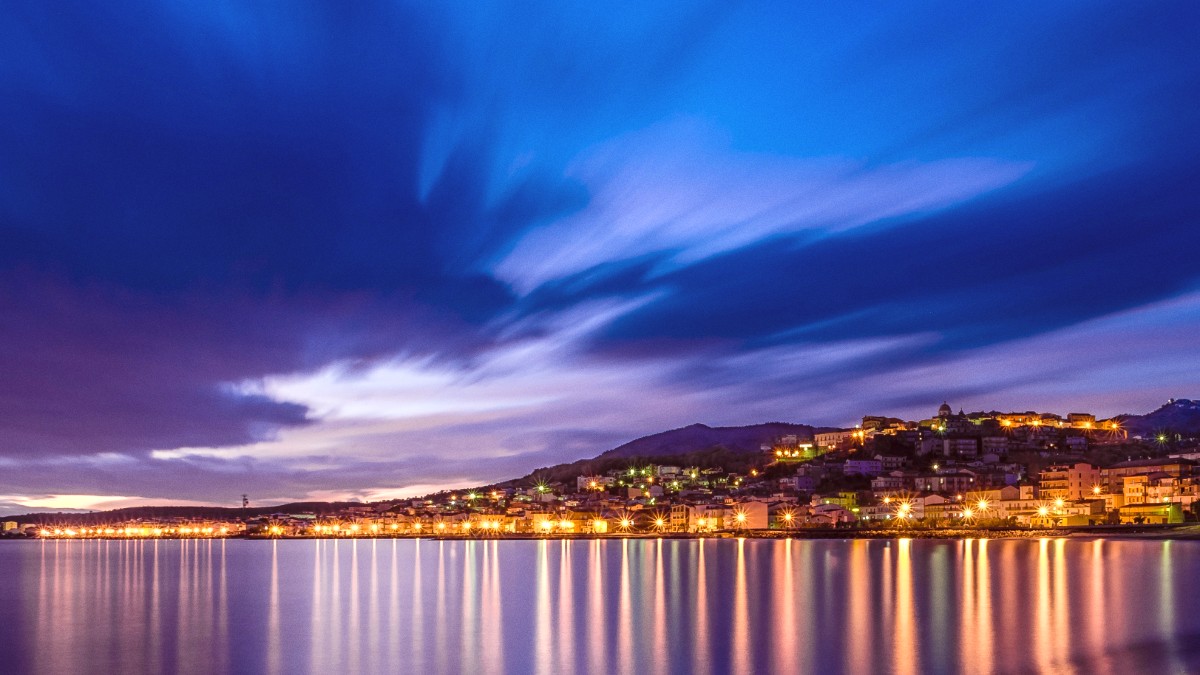
Italy
The region's geography largely depends on its mountainous spine. The Apennine Mountains dominate the interior, forming a rugged backbone that includes several distinct ranges. The Pollino Massif, Italy's largest national park, rises in the north, home to the region's highest peak, Serra Dolcedorme, standing at 2,267 meters. Further south, the Sila Massif presents a vast, elevated plateau of ancient forests and serene lakes, while the Aspromonte Massif anchors the southernmost tip, descending dramatically towards the sea.
Reggio Calabria, the region's most populous city, hugs the Strait of Messina.
Catanzaro, the administrative capital, sits centrally. Other cities: Cosenza, Crotone, and Vibo Valentia.
Calabria's story truly begins in the 8th century BC, when Greek colonists arrived, establishing what became known as Magna Graecia ("Greater Greece"). These city-states like Sybaris, Croton, Locri Epizefiri, and Rhegion developed into centers of culture, philosophy, and trade.
After Greek influence, the Roman Empire ruled, followed by significant Byzantine rule (6th-11th centuries) bringing Eastern Orthodox Christianity. Normans unified Southern Italy in the 11th century.
8th century BC, Magna Graecia, flourishing city-states.
Agricultural region, infrastructure development.
Eastern Christianity, unique architectural styles.
Successive rulers shaped diverse heritage until 1861 unification.
Ancient ruins, medieval towns, resilient culture today.
Agriculture, with its citrus fruits, olives for oil, and local specialties like 'nduja, forms the economic backbone.
Tourism, with its extensive coastline and national parks, makes a growing sector for the region.
This varied geography creates distinct microclimates and landscapes, welcoming every type of traveler, from mountain trekkers to sun seekers.
This quick overview presents Calabria's identity, a place where history, nature, and robust flavors come together.
Its long history appears in ancient Greek and Roman archaeological sites, alongside well-preserved Byzantine architecture.
Approx. 1.86 million inhabitants (Jan 2024).
Covering 15,081 square kilometers.
Catanzaro (administrative), Reggio Calabria (most populous).
Agriculture: citrus fruits, olives for high-quality olive oil, grapes for distinctive wines, 'nduja, Tropea red onions.
Expansive coastline along two seas, numerous beautiful beaches and coves.
Three national parks—Pollino, Sila, and Aspromonte—with diverse ecosystems and outdoor activities.
Administrative hub and central coastal region.
Northern province, home to Pollino and part of Sila.
Western coast, including Tropea and Capo Vaticano.
A spicy, spreadable pork sausage, a true Calabrian specialty.
Sweet and mild, these onions are famous for their unique flavor.
High-quality olive oil and distinctive regional wines define the local gastronomy.